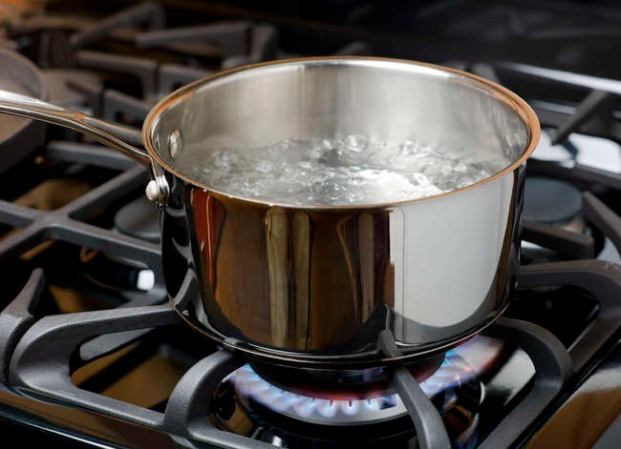We may earn revenue from the products available on this page and participate in affiliate programs. Learn More ›
Scrounge for Savings

When it comes to improving your personal finances, it can be difficult to figure out where to start. While evaluating your major expenses is a great first step, there are plenty of hidden savings to be found in your smaller, day-to-day living costs. Saving $20 here and there may not seem like a lot, but if you manage to reduce your expenses by $20 a day, you’re looking at $7,300 of savings per year!
Switch to LEDs

You know what they say: sometimes you’ve gotta spend money to make money. Each incandescent lightbulb in your home costs an average of $7 per year to run. Light-emitting diodes (LEDs), on the other hand, cost an average of $1.19 per year to operate. The typical American household uses 45 light bulbs, so switching from incandescents to LEDs can result in a ton of savings—a little over $20 a month. Not to mention, LEDs last for more than 30 years, so they’re sure to pay themselves off in the long run.
Cut the Cord

If you’re still paying for traditional satellite or cable television, it’s probably time to let it go—especially if you’re also spending money on online streaming services like Netflix. The average cost of a cable package is $217 per month according to Decision Data. Even if you choose to subscribe to several streaming services to replace your package, they’ll surely add up to much less.
Grow Your Own Food

Even if you don’t have the outdoor space—or the green thumb—to grow an entire garden, there are plenty of easy ways to grow your own food at home. Fresh herbs from the grocery store are pricey, and tend to go to waste if you only need a small amount for a recipe. Seedlings, on the other hand, are inexpensive, and herbs like basil, mint, rosemary, and parsley are some of the easiest things to grow for aspiring home gardeners.
Sell Your Stuff

While many of these ideas will save money in the long run, they don’t necessarily provide instant gratification. One way you can make a quick buck, however, is by purging some of the unused items in your house and selling them secondhand. Luckily, these days you don’t have to organize a yard sale in order to get rid of that old coat or kitchen gadget you never ended up using. There are countless websites and apps that make it easy to snap a picture with your phone and sell the item within hours.
Do It Yourself

Why pay someone to do a job if you can do it yourself? While hiring a professional to clean your house, mow your lawn, or plow snow from your driveway surely saves time and energy, the cost of these conveniences adds up quickly. Consider whether there are jobs that you or the other members of your household can undertake in order to save on monthly expenses.
Stick to the List

When shopping for groceries or household supplies at a big box store, it’s easy to be swayed by tempting displays of products that are not exactly necessities. By making a list of the things you truly need before leaving the house—and committing to stick to it—you can save a lot of money by avoiding impulse purchases.
Join the Library

Joining your local library is free and opens up a world of possibilities in terms of entertainment. Considering the fact that a single new book costs about $20, avid readers will easily save that much monthly by borrowing books instead. Also, these days most major libraries lend out e-books which can be downloaded directly to your e-reader. Not to mention, libraries in larger markets also lend out board games, video games, and DVDs, so even non-readers will find something to enjoy.
Turn Down Your Hot Water Heater

Many people don’t even realize that they can change the temperature settings on their hot water heaters. In fact, it’s very likely yours is much higher than it needs to be. The standard setting is 140 degrees, but that results in scalding hot water that your family likely doesn’t need. By lowering the temperature to 120 degrees, you’ll still be able to take a hot shower but will save more than $60 a year in standby heat losses and more than $400 in demand losses.
Cancel Subscriptions

A quick and easy way to save on household expenses is by reevaluating the memberships and subscriptions you pay for on a monthly basis. This is the time to be realistic about what you really use. Did you sign up for a new streaming service just to watch one particular show and then completely forget about it? If you haven’t been to the gym in months or have a pile of unread magazines piling up, cancelling those subscriptions can save $20 a month—if not more.
Skip the Dry Cleaner

Laundry symbols can look like hieroglyphics if you don’t know what each one means. It’s understandably tempting to bring most of your work wardrobe to the dry cleaner rather than figuring out how to safely wash it at home. Unless an item specifies that it’s dry clean only however, you can save at least $20 a month by washing and ironing more items yourself.









